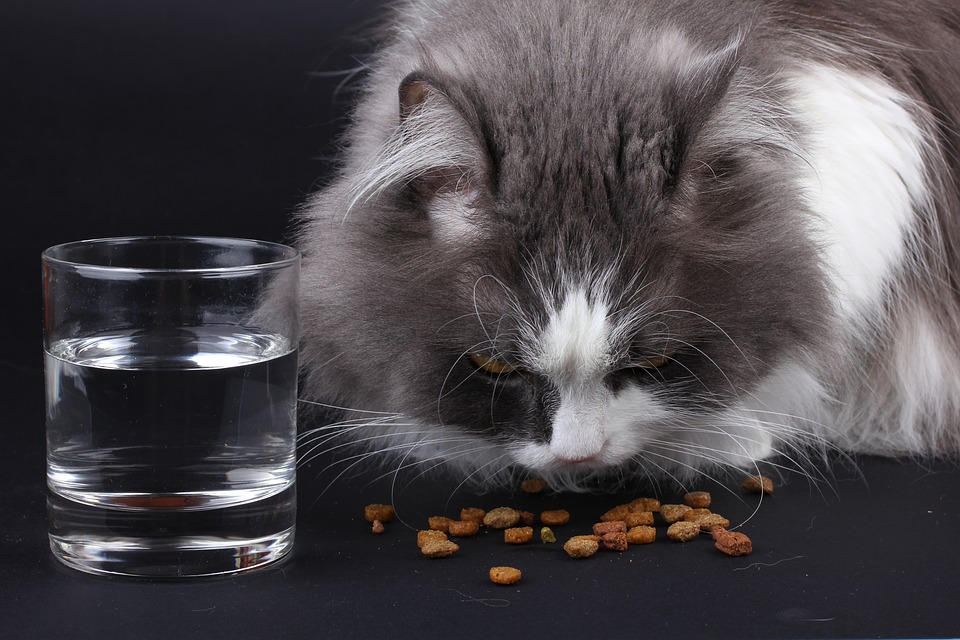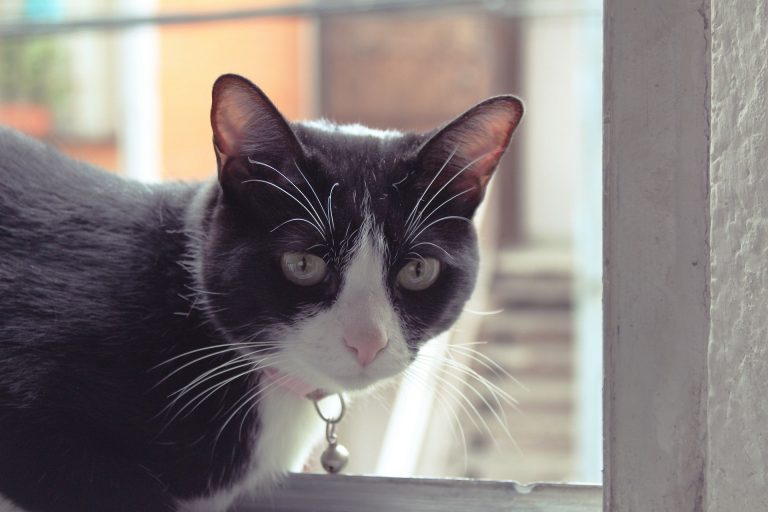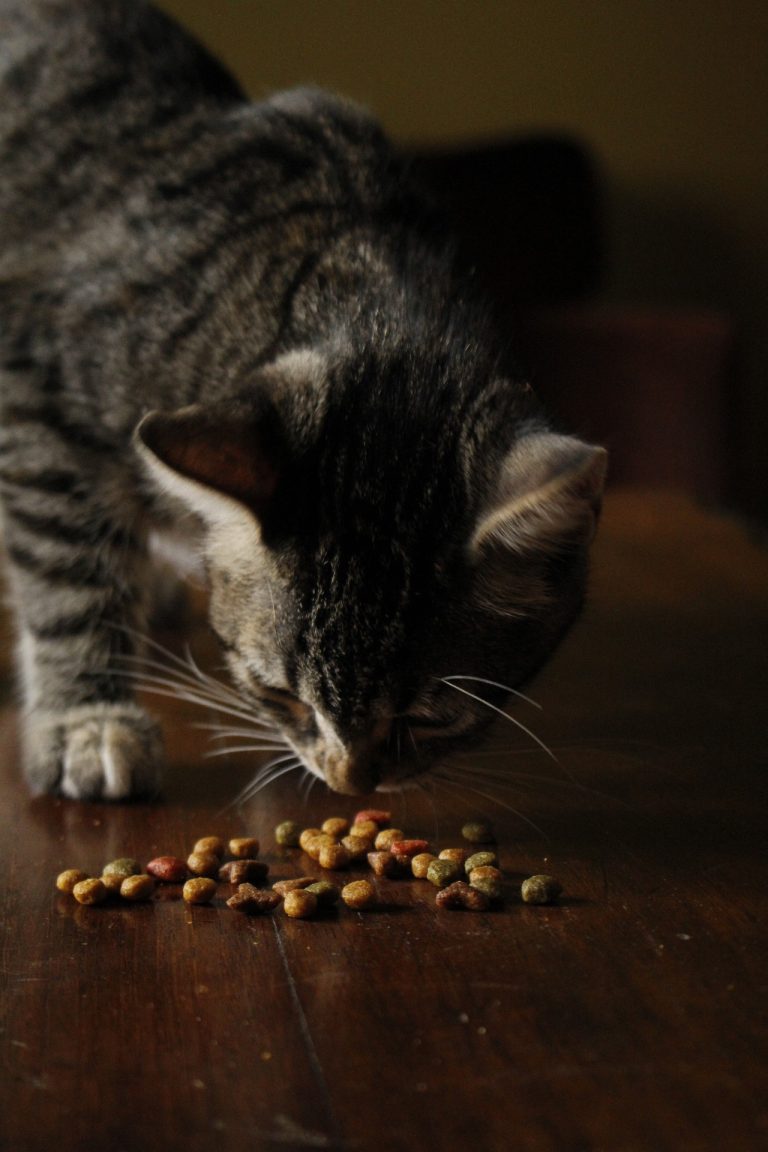The Complete Guide to Automatic Cat Feeders: Convenient and Reliable Solutions for Cat’s Feeding
Automatic cat feeders have revolutionized the way we feed our feline companions, offering convenience, portion control, and a consistent feeding routine. These devices are designed to dispense predetermined amounts of food at scheduled times, making them ideal for busy pet owners or for maintaining portion control. In this comprehensive guide, we will explore the world of automatic cat feeders, discussing their benefits, the various types available, and key considerations when selecting the best feeder for your cat. Whether you’re seeking a solution for regular feeding or managing a special diet, this guide will provide valuable insights to help you make an informed choice.
The Benefits of Automatic Cat Feeders :
Automatic cat feeders offer several advantages that contribute to your cat’s well-being and your peace of mind. Here are some key benefits:
a. Convenience: Automatic feeders eliminate the need for manual feeding, especially if you have a busy schedule or are away from home for extended periods. They ensure your cat receives their meals on time, even when you’re not available.
b. Portion Control: These feeders allow you to pre-program specific portion sizes for each feeding, ensuring your cat receives the appropriate amount of food. Portion control is crucial for weight management and preventing overeating.
c. Consistent Feeding Schedule: Cats thrive on routine, and automatic feeders provide a consistent schedule, which helps reduce anxiety and stress. Regular feeding times also promote healthier digestion.
Types of Automatic Cat Feeders :
Automatic cat feeders come in various designs and functionalities. Here are some common types to consider:
a. Basic Gravity Feeders: These feeders work by utilizing gravity to dispense dry food into a bowl as your cat eats. They are simple to use and suitable for cats who do not overeat.
b. Programmable Electronic Feeders: These feeders allow you to set specific feeding times and portion sizes. They often have digital displays, timers, and portion control settings, providing greater control over your cat’s feeding schedule.
c. Wi-Fi Enabled Smart Feeders: These advanced feeders can be controlled and monitored remotely through a mobile app. They offer additional features such as personalized feeding schedules, portion adjustments, and even video monitoring.
Selecting the Right Automatic Cat Feeder :
When choosing an automatic cat feeder, consider the following factors to ensure it meets your cat’s needs:
a. Food Type Compatibility: Determine if the feeder is designed for dry food, wet food, or both. Some feeders have compartments or ice packs to keep wet food fresh for longer periods.
b. Capacity: Consider the feeder’s capacity based on your cat’s feeding requirements. If you have multiple cats or a cat with a larger appetite, opt for a feeder with a larger food storage capacity.
c. Feeding Frequency and Portion Control: Look for a feeder that allows you to set multiple feeding times and portion sizes to accommodate your cat’s dietary needs and feeding schedule.
d. Power Source and Backup Options: Automatic feeders can be battery-operated, plugged into a power source, or both. Consider your preference and the availability of backup power options to ensure consistent feeding even during power outages.
Effective Usage and Considerations :
To make the most of your automatic cat feeder, keep the following tips in mind:
a. Transition Gradually: If your cat is not accustomed to automatic feeders, introduce the device gradually to prevent any resistance or confusion. Start by placing their regular food near the feeder and gradually transition to feeding exclusively from the feeder.
b. Monitor Food Levels: Regularly check the food levels in the feeder to ensure an adequate supply is available. Refill the feeder as needed to avoid interruptions in feeding.
c. Cleaning and Maintenance: Clean the feeder regularly to prevent bacteria growth. Check the manufacturer’s instructions for cleaning guidelines and ensure all parts are properly washed and dried before refilling.
d. Monitor Your Cat’s Weight: Automatic feeders can promote portion control, but it’s essential to monitor your cat’s weight and adjust the portion sizes accordingly. Consult with your veterinarian to determine the appropriate feeding amounts for your cat’s health and weight management.
Conclusion :
Automatic cat feeders provide a convenient and reliable solution for ensuring your cat’s feeding needs are met, even when you’re away or busy. By understanding the benefits of automatic feeders, exploring different types, and considering factors such as food compatibility, capacity, and programmability, you can choose the best feeder for your cat’s requirements. Ensure a smooth transition by introducing the feeder gradually and monitoring food levels and cleanliness. With proper usage and consideration, an automatic cat feeder can enhance your cat’s feeding experience, promote portion control, and contribute to their overall health and well-being.






